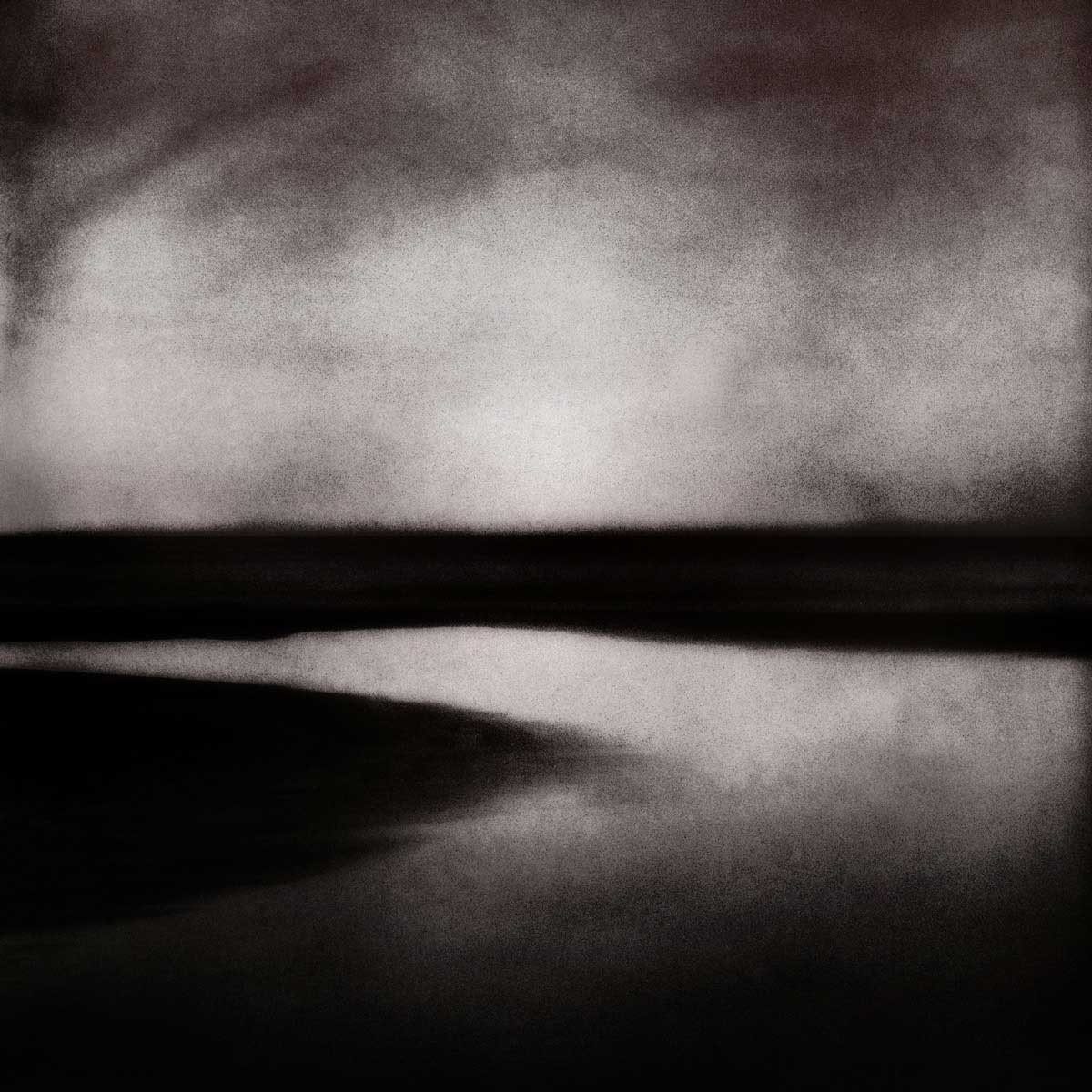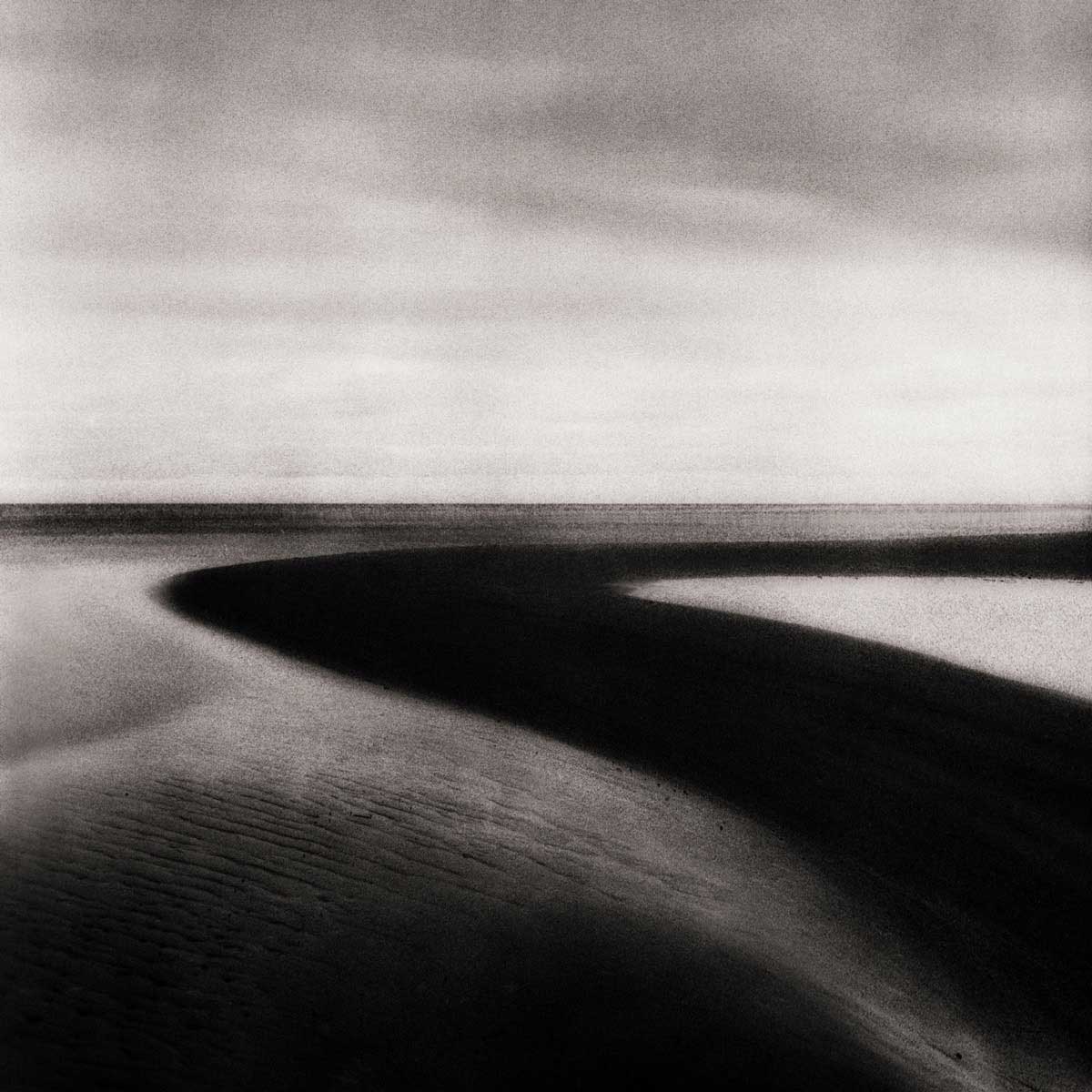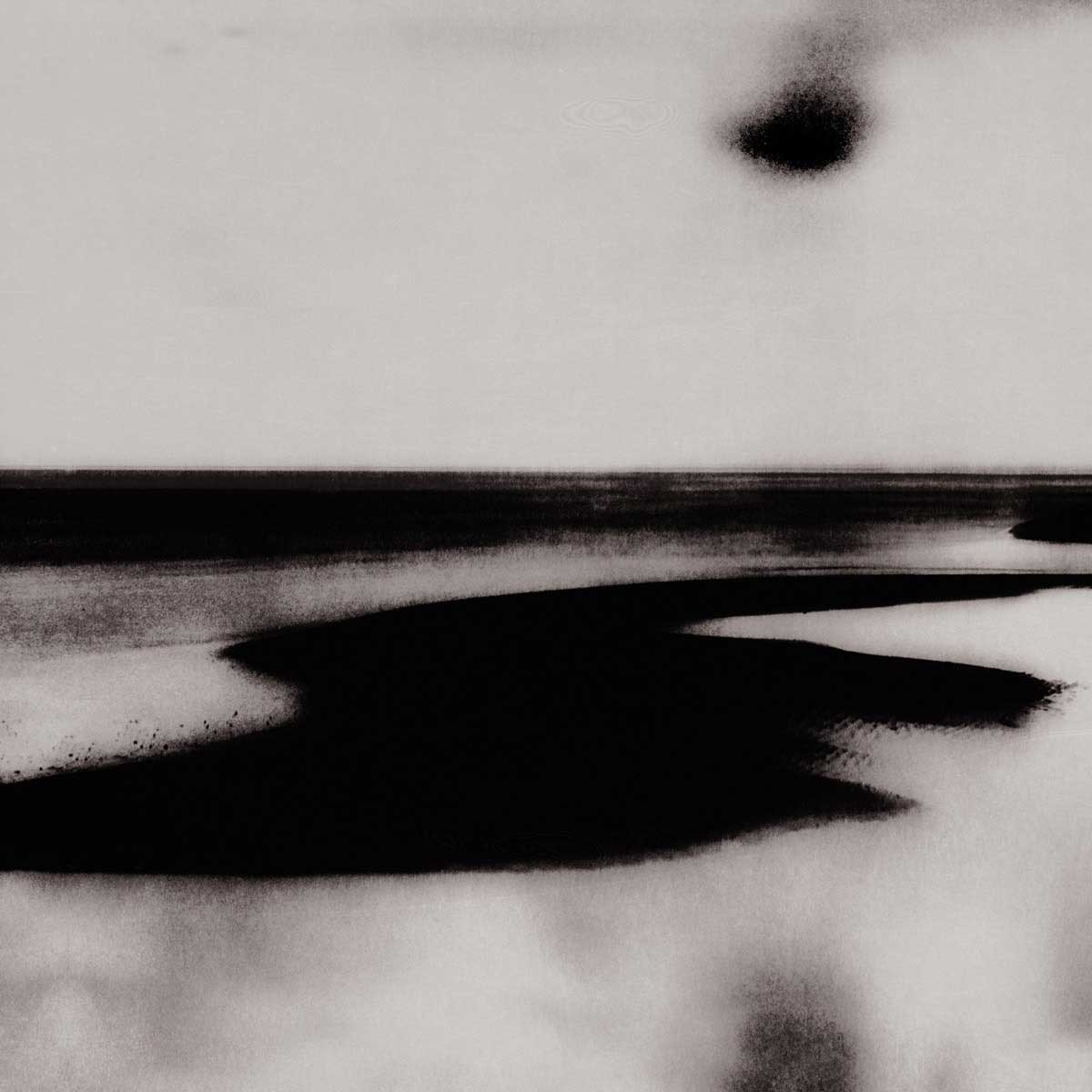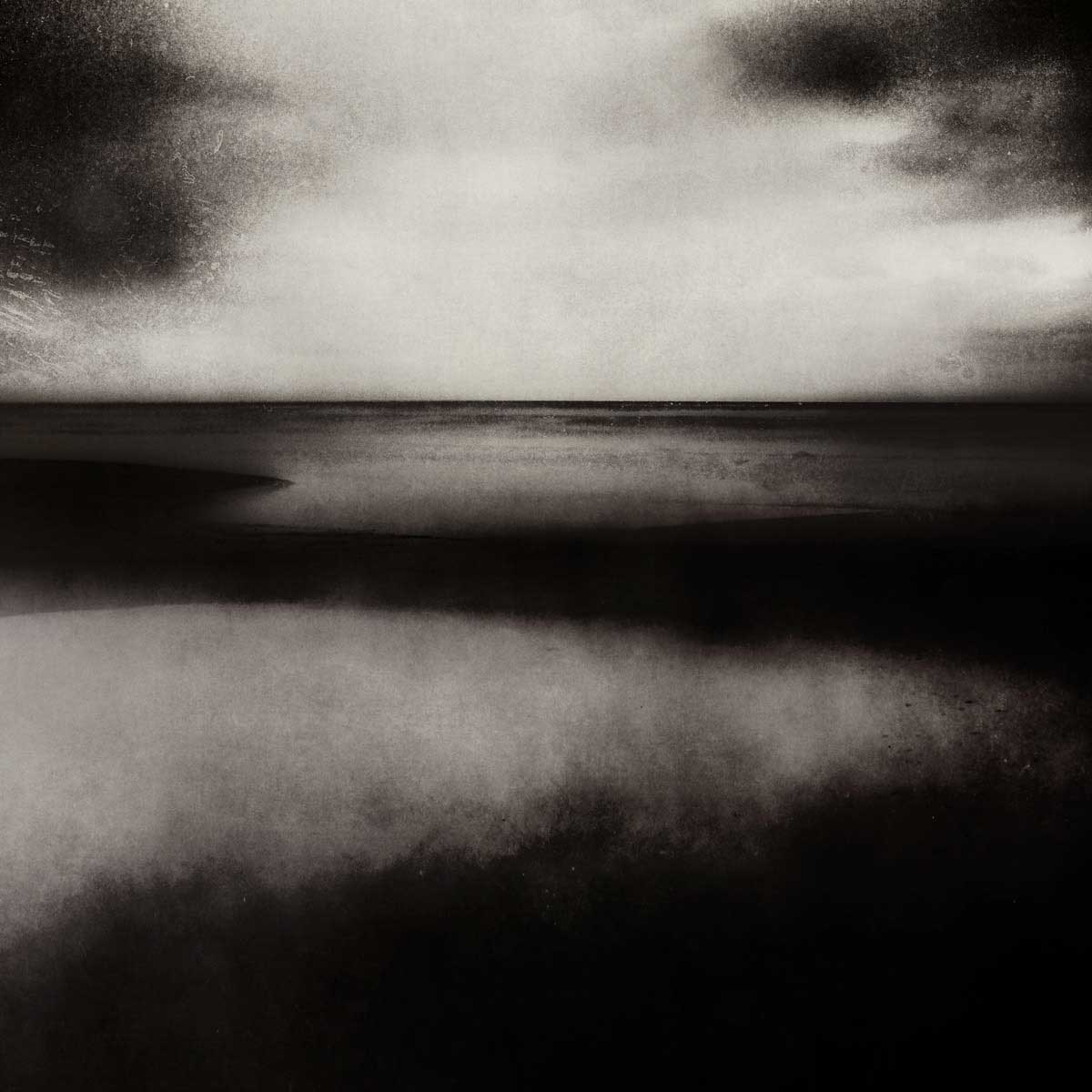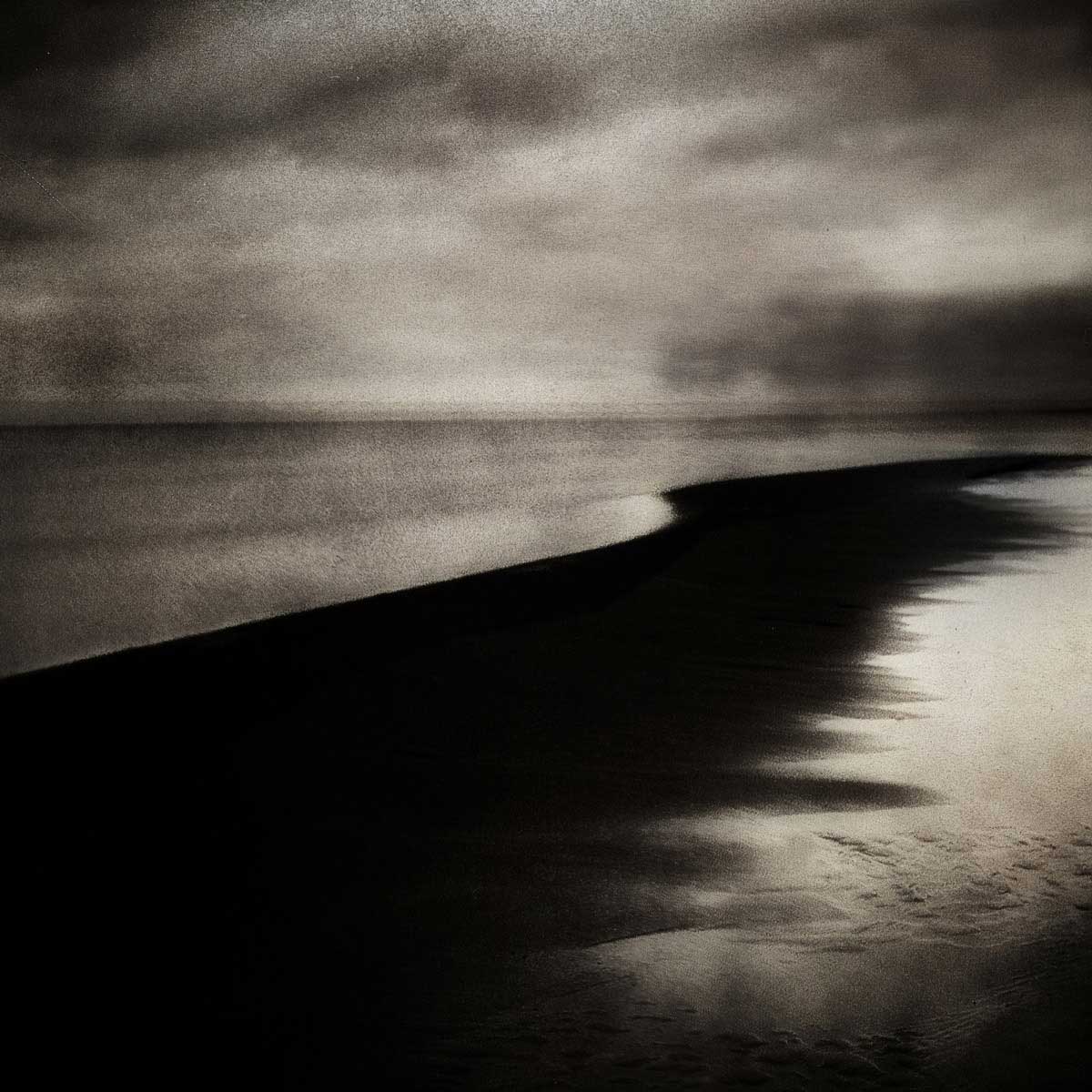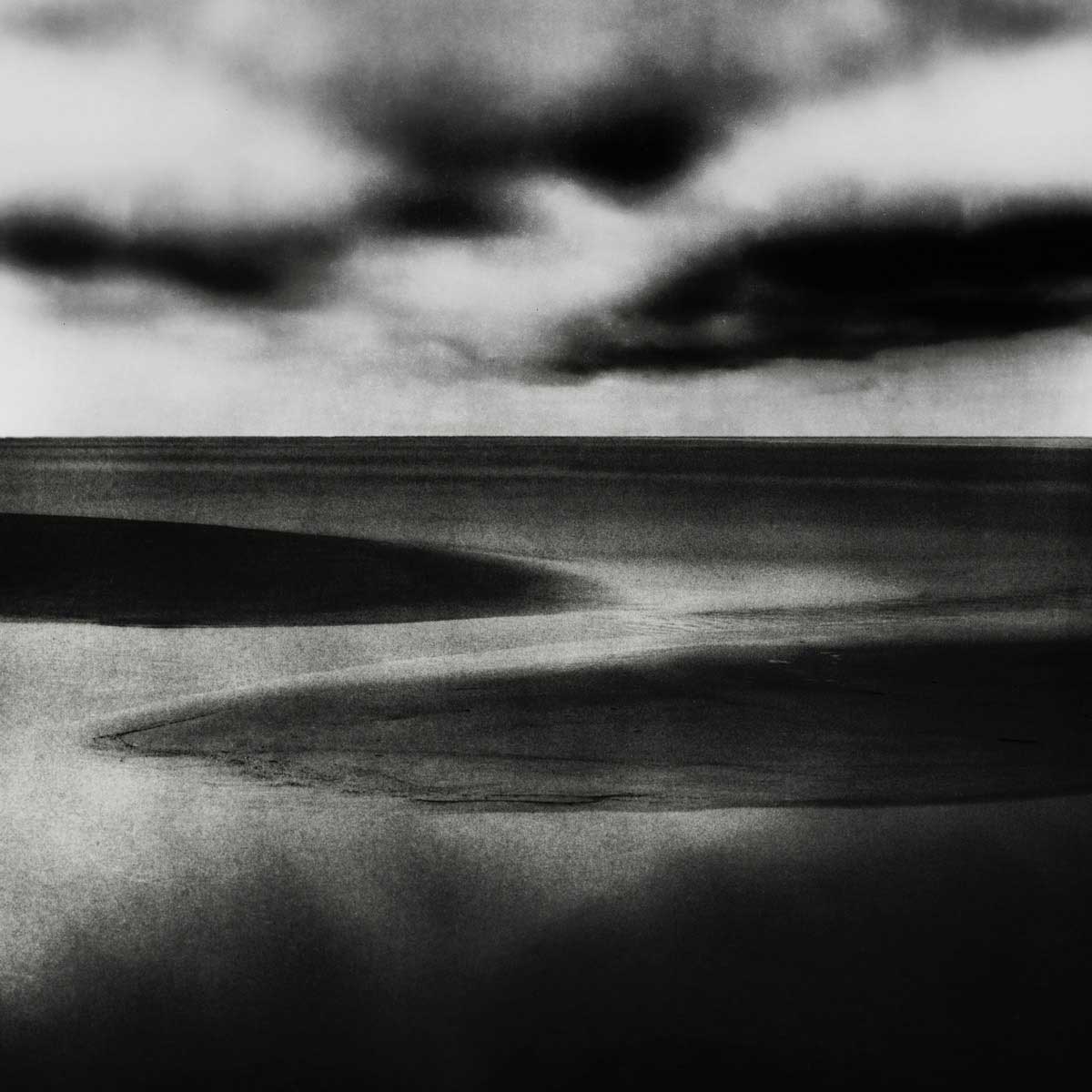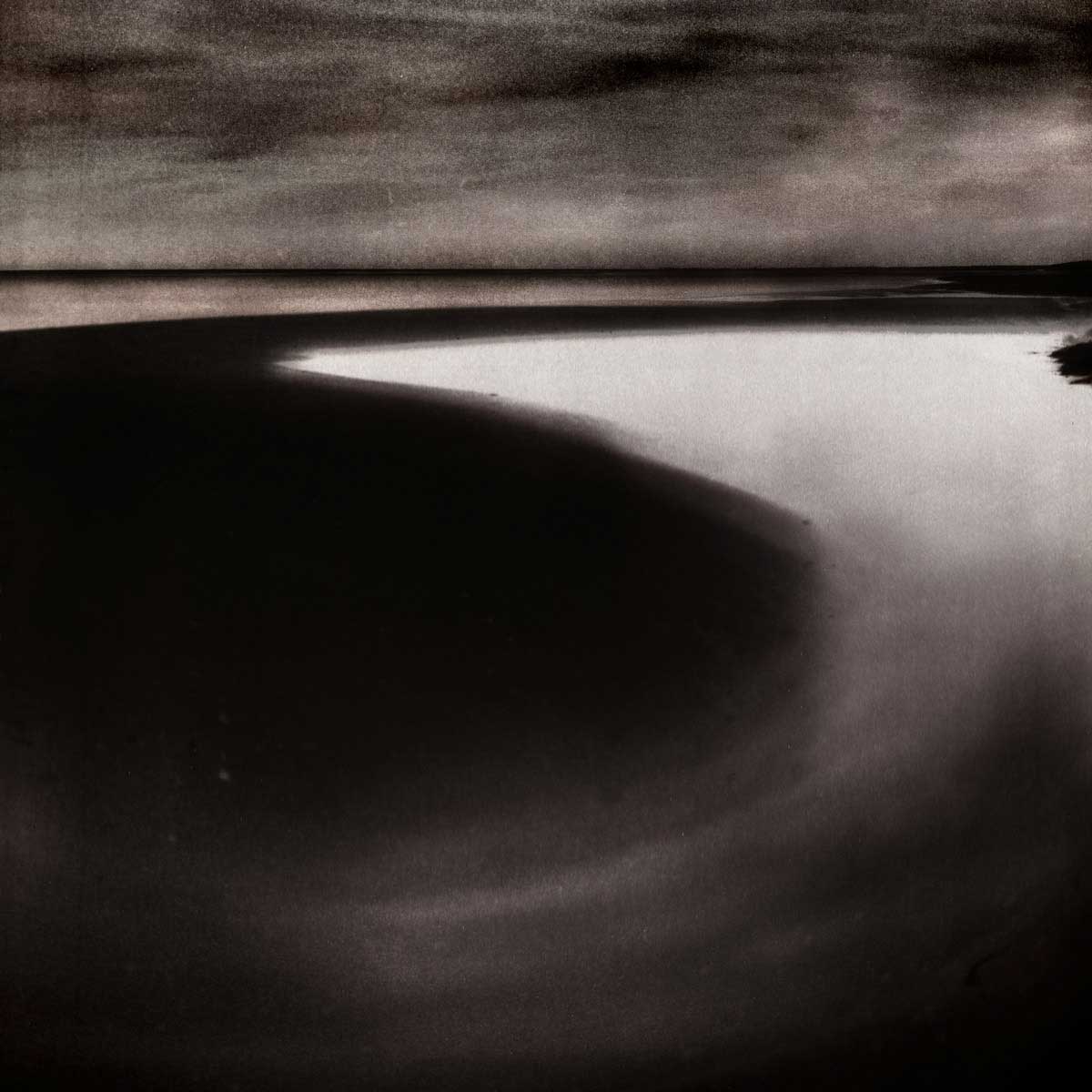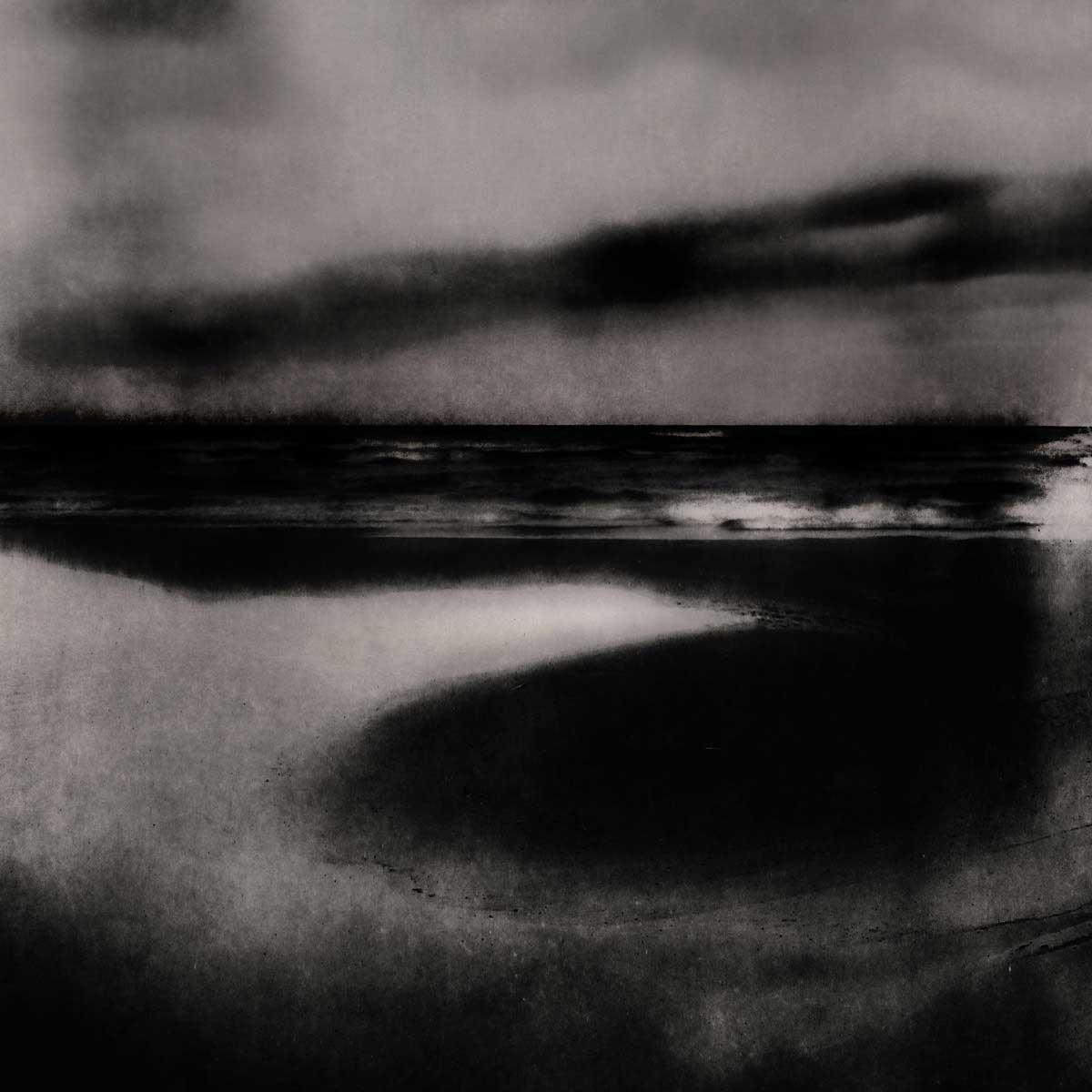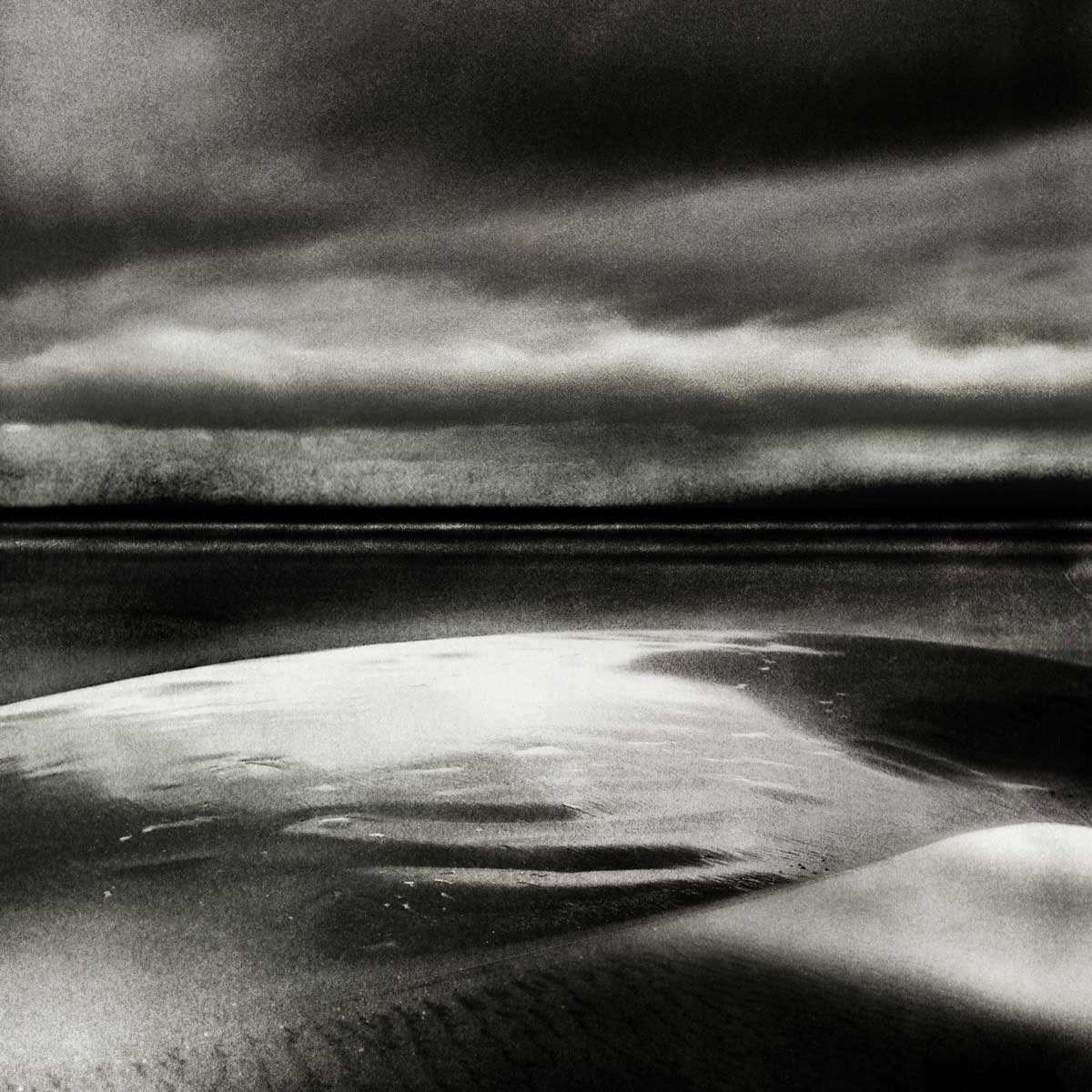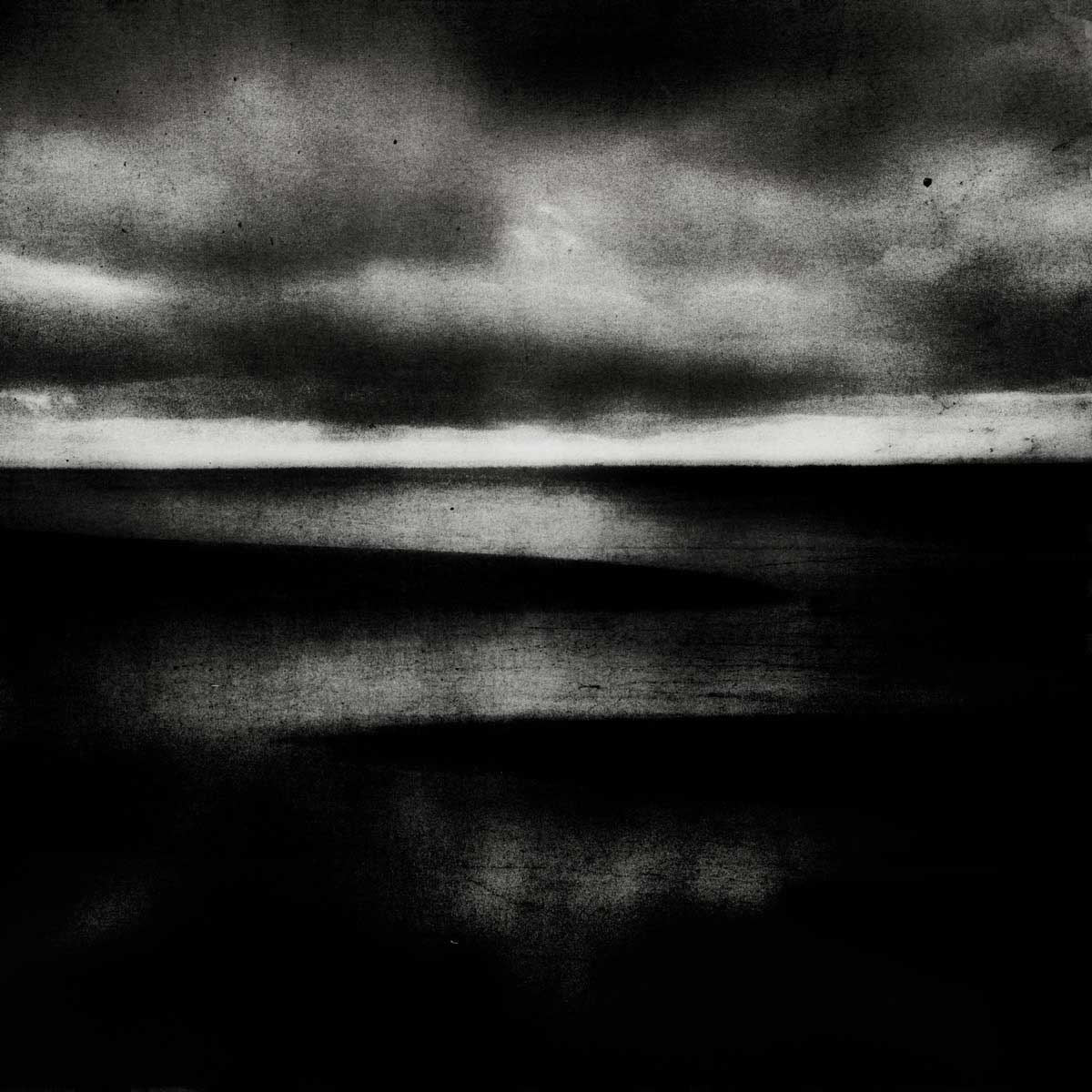There are places that emerge in front of us as a direct expression of our own mood. Nature becomes a manifestation and pure expression of our own feelings, transcending the materiality of the elements that compose it.
Not salt, land, wind or water, then. But forgetfulness, loneliness, sense of abandonment, melancholy, lack … or perhaps quietness and serenity?
And beyond and further in depth. Reflection of an incommunicable and secret soul condition. These places are the alchemical manifestation of an unexpressed thought or underlying feeling. And the echo of this imponderable indefinable fills the space of infinite subliminal nuances; gives intensity and substance to shadows; shapes, with invisible and visionary hand, the physiognomy of heaven and earth. Contemplation of nature becomes a personal moment of contemplation of our state of mind. And, when, contemplative reflection of our state of malaise.
Spaces in which silence is gravitational. And contemplation is moment of annihilation and experience of void. Their dimension is the very dimension of the soul. Indeed, Solaris is not physical, tangible, perceptual dimension, but introspective. An “inter-zone” confined to a plane of pure emotional abstraction, as an unconscious reflection materializing in front of our eyes. It is the breath of the psyche that moves the wind and cradles the trembling waters of the sea. Its voice is the amnesia that precedes the silence and faintly loses itself beyond the horizon.
Changeable are the feelings, so, by reflection, mercurial are the shapes and the abstractions that give soul to the landscapes. Sometimes they may look like barren wasteland, sometimes they turn into whirling spirals, downward paths descending into the depths of the unknown. Or caliginous, sulfurous, nebulous, alienating vastness of immutability and mutation… Solaris is a universe suspended between these two conditions: immobility and impermanence. In perpetual oscillation…
The immobility (of space and time) is mirror of our own impotence and inadequacy, which are existential conditions of the human being. But the awareness of our limitation and our marginality is compared with the very centrality of man.
Man is always central in these landscapes. Because he is watching the world with his eyes. And he returns to us his interpretation of the world. Although he is never present in the photo. And this reinforces the concept of subjectivity of the landscape. He is the ideal principle. Gravitational center (and the origin of everything) around which revolve and move memories and feelings and pains.
If stillness is the condition of the soul, impermanence is the awareness that everything is transient and ephemeral. The intuition of the never-ending flow of reality, of the existential anxiety as an indivisible condition of life, the consciousness of becoming implies the idea of knowledge of reality as an illusory experience.
Eternally immutable. So in perpetual mutation. So these landscapes. They arise, mutate, corrupt and then revive. Although ephemeral and illusory in form, these landscapes are made of the same substance and share the same universal essence.
Even in frailty and impermanence, immanent is the existential condition of human solitude. Loneliness, absence, detachment, estrangement are the elements that affect the existence of man and, in reflection, these landscapes.
These landscapes, in their stillness, in their impermanence, in their transience, in their being all and in their potential becoming nothing, can offer a moment of ecstatic contemplation, but also of reflection. A moment when you are an immutable point and everything (feeling, memory, passion, absence) moves and rotates around you. Moving away from you.
They can then be a mirror of what we secretly are and of our innermost soul. They may be the symptom of our inconstancy, our desire to overcome, but also symbols of our abandoned dreams, of our sense of impotence and inadequacy. Everything swings, everything moves, driven by the unending motion of the waves, in this existential range that contains all the dimensions and definitions of the soul’s intemperance.
About Roberto De Mitri
Roberto De Mitri is a self-taught fine art photographer. His love for photography finds affinity and correspondence in black and white analogue film, while he entrusts to the long exposure technique the task of giving meaning and semblance to his work.
Where black and white guarantees depth and thickness to the photographic language, giving it evocative strength and emotional impulse, LE photography is important not only from the point of view of the aesthetic value, but also and especially for its mastery and inclination to create surreal and metaphysical scenarios, unreal places as if they arose from the depths of our unconscious. Through it is possible to explore a dimension that belongs not to the sensorial and rational experience, but to the experience of suggestion, of irrational and of the unreal. Seascapes and urban contexts they lose their objectivity and substance and become reflection of a secret and private condition of the soul.
Therefore photography never assumes the function of providing a merely descriptive or aesthetically artificial reproduction of the real, but becomes metaphorical expression and manifestation of a feeling. Allegorical illustration of the transience and emptiness of life. Of an existential condition profoundly marked by the sense of impermanence and chaos.
De Mitri tries to bring out these feelings and suggestions from his photos. So a simple black and white photo can take on the tones and colors of solitude, of alienation, of melancholy, of nostalgia for what is forever lost.
Born in Italy, graduated in Economics at the University of Bologna, Roberto De Mitri have overcome the «Black & White Spider Awards» 2014 category «Fine art – Amateur» with the photo «De silent of sand». In 2015, he gets the second place in Fine Art, abstract category, for the series «Nigredo» at International Photography Awards. In 2016, he won the 11th edition of the Black and White Spider Awards, abstract category, with «De Fall», winning the title of «Honor of Distinction» in Photographer of the Year. [Official Website]



